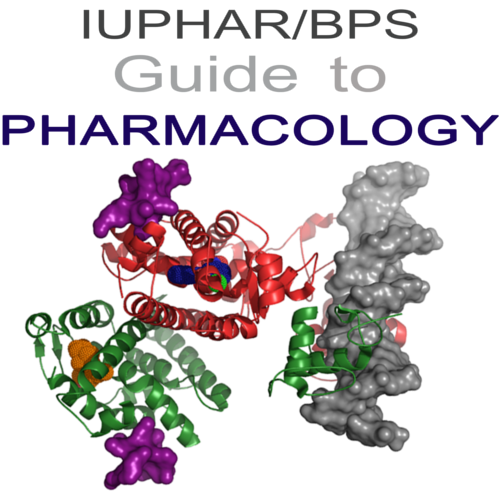ZAC in GtoPdb v.2021.3
Abstract
The zinc-activated channel (ZAC, nomenclature as agreed by the NC-IUPHAR Subcommittee for the Zinc Activated Channel) is a member of the Cys-loop family that includes the nicotinic ACh, 5-HT3, GABAA and strychnine-sensitive glycine receptors [2, 3, 4]. The channel is likely to exist as a homopentamer of 4TM subunits that form an intrinsic cation selective channel equipermeable to Na+, K+ and Cs+, but impermeable to Ca2+ and Mg2+ [4]. ZAC displays constitutive activity that can be blocked by tubocurarine and high concentrations of Ca2+ [4]. Although denoted ZAC, the channel is more potently activated by H+ and Cu2+, with greater and lesser efficacy than Zn2+, respectively [4]. ZAC is present in the human, chimpanzee, dog, cow and opossum genomes, but is functionally absent from mouse, or rat, genomes [2, 3].

This work is licensed under a Creative Commons Attribution-ShareAlike 4.0 International License.










